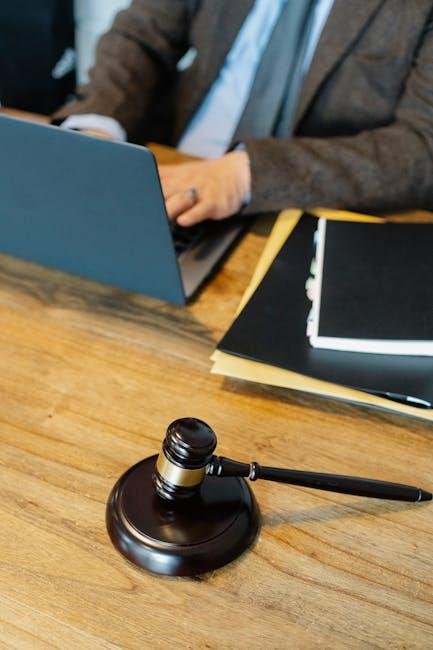In a world where treasures whisper tales of elegance and artistry, jewelry auctions stand as opulent gateways to the unusual. From sparkling vintage brooches that once adorned society’s elite to contemporary masterpieces crafted by today’s visionaries, these events offer a captivating glimpse into a realm where history, emotion, and craftsmanship collide. But for those new to the auction scene—or even seasoned collectors seeking to refine their approach—navigating the intricate tapestry of jewelry auctions can be both thrilling and daunting. In this article, we’ll unveil the essential knowledge you need to embark on your jewelry auction journey, guiding you through the key elements of preparation, bidding strategies, and what to look for amidst the glittering array of dazzling lots. Let us illuminate the path to making informed choices and ultimately, secure your own piece of wearable art.
Understanding the Jewelry Auction Landscape
the jewelry auction landscape is a dynamic realm where buyers and sellers converge to exchange exquisite pieces that often carry not only monetary value but also emotional resonance. Understanding this environment is essential for potential bidders. Here are some key factors to consider:
- Auction Houses: Established names like Sotheby’s and Christie’s carry prestige, while smaller, specialized auction houses may focus on niche markets.
- Online vs. In-person: The rise of online auctions has democratized access, allowing global participation, yet the tactile experience of in-person viewings can enhance buying confidence.
- Cataloging and Condition Reports: Thorough descriptions and assessments of each piece’s condition are crucial for informed bidding.
Moreover, it’s important to understand the nuances of auction terms and formats that can impact the buying process. For instance, appreciating the difference between reserve prices and opening bids can substantially influence your bidding strategy. Consider the following table for speedy reference:
| Term | Description |
|---|---|
| Reserve Price | The minimum price that a seller is willing to accept. |
| Opening Bid | The initial price at which bidding starts. |
| Bid Increment | The minimum amount by which a bid must be raised. |
| Buyer’s Premium | An additional fee added to the final bid price, usually a percentage. |

Key factors to Consider Before Bidding
Before placing your bid at a jewelry auction, it’s crucial to have a well-rounded understanding of several key elements that can significantly influence your purchasing experience. Consider the authenticity of the pieces by requesting detailed documentation or certificates from recognized appraisers. It’s essential to familiarize yourself with the type of jewelry you’re interested in, whether vintage, modern, or designer pieces, as this will influence both your bidding strategy and your final decision. Additionally, understanding the reserve price set by the seller can help you gauge how much you’re willing to bid without overstepping your budget.
Another important factor to contemplate is the condition of the jewelry. Be attentive to any signs of wear, damage, or necessary repairs that might impact the item’s value. Conducting research on market trends can also provide insights into how similar pieces have performed in past auctions. Establishing a clear maximum budget beforehand can prevent impulse bidding. Lastly, look into the auction house’s reputation and their terms to ensure you have a pleasant and secure experience. Here’s a simple breakdown of what to evaluate:
| Factor | importance |
|---|---|
| Authenticity | Ensures you are buying genuine items |
| Condition | Impacts value and potential repairs needed |
| Type of Jewelry | Guides your bidding focus and strategy |
| Market Trends | Informs you of the value trajectory |
| Budget | Prevents overspending and impulse decisions |
| Auction House Reputation | Ensures a reliable and secure bidding experience |

Expert Tips for Successful Bidding Strategies
To increase your chances of winning at jewelry auctions, it’s crucial to develop a strategic bidding plan. Research is paramount; familiarize yourself with the items up for auction, including their history, materials, and value. this knowledge will not only boost your confidence but also help you ascertain a budget that reflects the true worth of the pieces you’re interested in.When the auction begins, consider adopting a gradual bidding approach. Start with conservative bids to gauge interest from other participants before placing more aggressive bids later in the process.
Timing can be just as essential as your bidding technique. Pay attention to the bidding increments and use them to your advantage. If you notice a lull in bidding, it might be a good prospect to make your move. In addition, maintain a clear mindset and avoid getting caught up in the excitement of the auction, which can lead to impulse bids. Keeping a checklist of desired pieces can definately help you stay focused during the event. Lastly, always set a firm limit for yourself to avoid overspending, and be prepared to walk away if the bidding escalates beyond your set boundaries.

Preserving Value: After the Auction Best Practices
After successfully winning an auction, the focus shifts to maintaining and enhancing the value of your new jewelry. It’s crucial to handle your pieces with care to prevent any damage. Consider the following best practices:
- Secure Storage: Store your jewelry in a cool, dry place away from direct sunlight. A fabric-lined box or a jewelry case with compartments can help prevent scratches and tangling.
- Regular Cleaning: Clean your pieces periodically using appropriate methods to preserve shine and luster. Consult a professional jeweler for advice on the best cleaning solutions for your specific items.
- Insurance: Look into insuring your auction finds. Having proper coverage can protect your investment against theft or damage.
- Documentation: Keep all auction documents,appraisals,and provenance details in a safe place. This details can be invaluable for future resale or valuation.
Networking within the jewelry community can also play a significant role in preserving value. Engage with fellow enthusiasts by:
- Joining Clubs or Societies: Being part of reputable organizations can provide access to valuable resources and information.
- Social Media groups: Share insights and tips with a broader audience, expanding your knowledge base and fostering connections.
- Attending events: Visit jewelry fairs, exhibitions, or auctions to stay informed about trends and market values.
Insights and Conclusions
As we draw the curtains on this exploration of jewelry auctions, it becomes clear that the world of bidding for exquisite pieces is as fascinating as it is complex. Whether you are a seasoned collector, an keen novice, or simply intrigued by the allure of fine jewelry, understanding the nuances of this marketplace can significantly enhance your experience.
From the initial research and appraisals to the exhilarating final gavel, each step is an opportunity to uncover stories intertwined with craftsmanship and history. as you venture into your next auction, armed with the insights you’ve gained, remember that the journey is as valuable as the treasures you seek.
May your future endeavors be met with excitement and success, as you navigate the glittering realm of jewelry auctions with confidence and clarity.Happy bidding!

